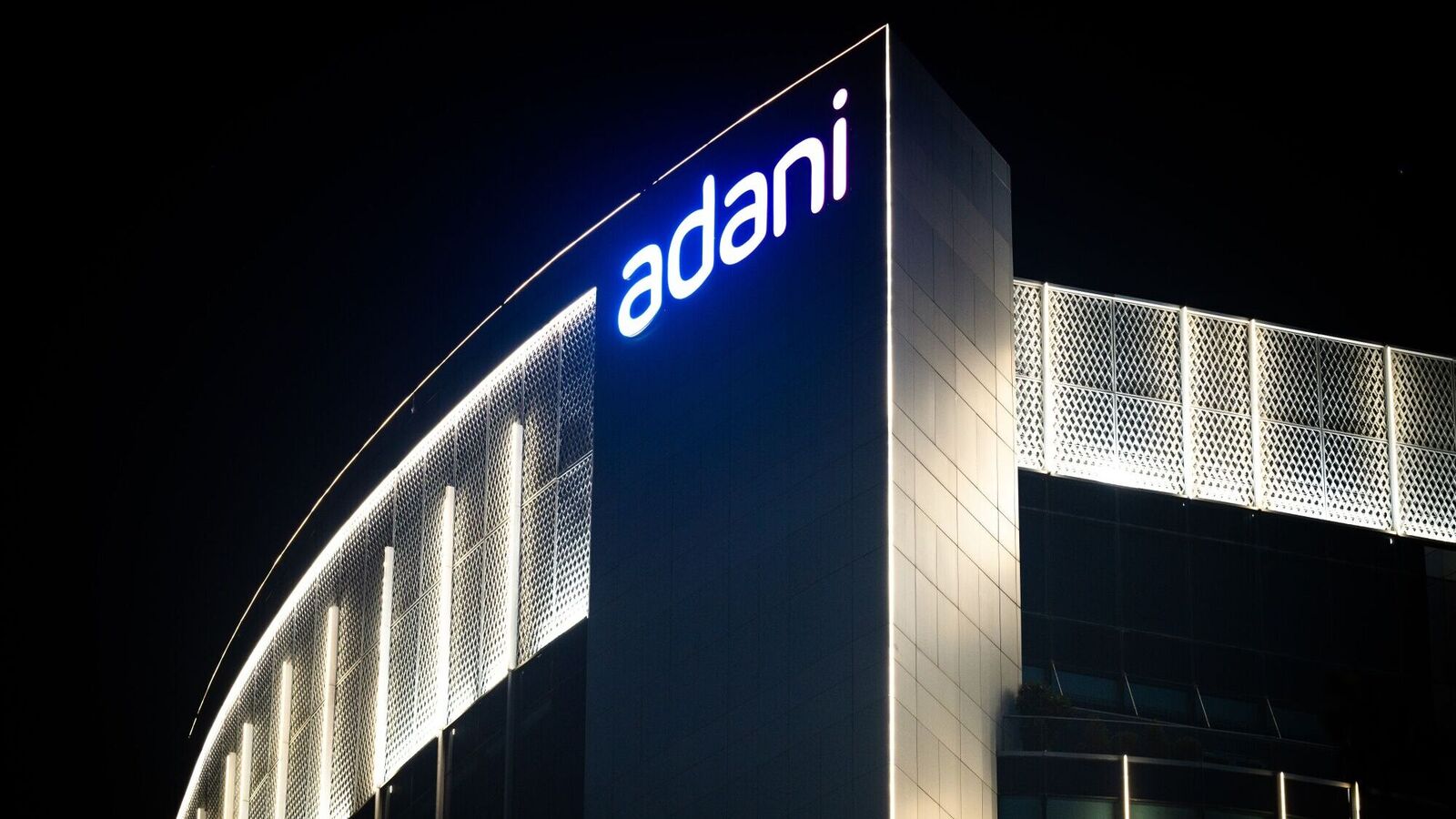Rohit Wad, global chief technology officer of Binance, said Reserve Bank of India governor Shaktikanta Das was not misplaced in voicing concerns against cryptocurrencies, but emphasised that regulatory clarity is essential for developing the maturity of any industry.
India is yet to define its stance on cryptocurrencies although various regulatory and political authorities have warned investors of its potential risks.
“The RBI governor is right that crypto is not for everyone,” Wad said in an exclusive interview with Mint. “But that’s true for various assets, just like equity—there are risks involved, and that makes it less than ideal for each and every investor.”
To address such concerns worldwide, Binance has built a ‘plug-and-play’ technology framework to ensure compliance with the regulatory requirements of different countries, Wad said.
“For any trade executed through a Binance wallet or our exchange, we maintain an audit trail of transactions in order to comply with lawful requests for money laundering investigations raised to us, not just from India but governments around the world,” Wad said.
However, Wad insisted that an audit trail did not necessarily mean that the decentralization ethos of web 3—the common term used for blockchain, cryptocurrencies and the general decentralized internet—has failed.
“What is centralized and what isn’t can be understood in various ways, the first of which is in the mode of transaction. For instance, India’s UPI is a centralized transaction mechanism with a central bank authorizing and monitoring the transaction,” Wad said.
“Meanwhile, if you transfer a cryptocurrency token from one wallet to another, there is no centralized financial authority that clears this transaction. In this regard, decentralization works just as expected.”
Binance’s transaction audit trail is helping the company achieve compliance with various countries, including India, he added.
“At some point in the entire transaction chain, money is translated from non-fiat to fiat currency for a real-world transaction—which is where a lot of malicious hackers get caught, or money laundering activities are recovered,” he said.
Also read | Binance founder sentenced to four months in the US
Return to India
In December, India banned Binance, along with 11 other cryptocurrency exchanges headquartered overseas, for failing to comply with its anti-money laundering rules.
On 15 August, Binance announced that it had been cleared to operate in India after complying with all requisite money laundering rules.
The cryptocurrency exchange registered as a reporting entity with the Financial Intelligence Unit of India—a nodal financial investigations body under the finance ministry—after paying a $2.25 million ( ₹189 crore) fine for operating in the country without authorization.
Binance was initially headquartered in China before it moved to Japan. It has since moved out of Japan as well, and currently has no official headquarters.
Also read | Stage set for return of Binance, Kucoin to India
As of Monday (14 October), Binance’s global market share was pegged at 44% by market tracker CoinGecko, ahead of the world’s second-largest cryptocurrency exchange Bybit, which has a 13% share. Binance’s daily trading volume was $12.9 billion as on Monday, ahead of Bybit’s $3.3 billion.
Wad added that exchange-traded funds (ETFs) “can help alleviate concerns regarding crypto asset volatility”.
In January, the US Securities and Exchange Commission approved ETFs for retail investors, a move that cryptocurrency analysts hailed as a seminal moment for the much-maligned asset.
Arguably, Bitcoin, the world’s most-traded crypto token, has had a better run this year, trading at about 65,000 as of Monday evening. A year ago, Bitcoin was trading at just above $27,000—making for a near-2.5x markup through the year.
Still, volatility has remained a concern. On 14 March, Bitcoin hit an all-time high of $73,750. But in six months, it lost 25% to fall below $54,000 in September.
The WazirX angle
In July, WazirX, among India’s largest cryptocurrency exchanges, reported a $233-million hack that saw all of its Ether tokens stolen, leaving about 4 million of its users stranded without a solution to date. The hack strengthened India’s case for regulatory and policy caution around trading or investing in digital tokens.
While Wad declined to comment on the breach at WazirX, he said Binance “maintains a dynamic balance of token reserves between hot and cold wallets, depending on the kind of volatility and demand that a token class is seeing”.
“This is one step that we take to ensure that our reserves remain comparatively immune from cyber breaches. Our own wallet technology also allows users to withdraw their exchange holdings into their own wallet—which can make their investments safer,” Wad added.
Cryptocurrency exchanges typically store their crypto in multiple wallets. While hot wallets are connected to the internet, cold wallets are not easily accessible online.
Also read | The $230 million WazirX hack: How safe are your cryptocurrencies
Binance and WazirX have a complex history. In 2019, Binance founder Changpeng Zhou announced the acquisition of WazirX. However, in 2022, Zhao and Binance denied any ownership of WazirX, claiming that the deal was never completed.
WazirX has since continued to claim that Binance had acquired its crypto operations. Following its $233-million hack, WazirX has repeatedly cited its lawsuits against Binance to claim that it may not be directly liable to refund its users for their losses.
Last month, Binance published a blog post reiterating that it does not own WazirX.
Also read | Why recovering $230 mn of stolen cryptos will be daunting task for WazirX











Leave a Reply